"Li Bi's Epitaph" was engraved in the first year of Zhengguang in the Northern Wei Dynasty (AD 520). Made of bluestone, 104 centimeters high and 89 centimeters wide. It was rebuilt from an old stele, and the two chis engraved on the upper part of the stele are still there. Zhiming Wei Shu, thirty-three lines, thirty-one characters per line, and a column of titles on the back. There are two theories about the time and place of its excavation: one is that it was unearthed in Dezhou, Shandong Province in the first year of Xuantong in the Qing Dynasty (AD 1909); the other is that it was unearthed in Jingxian County, Hebei Province in the 24th year of Guangxu in the Qing Dynasty (AD 1898). The latter is yes. The epitaph was collected by the Jinan Epigraphy and Stone Preservation Institute shortly after it was unearthed, and was moved to the Shandong Provincial Museum in the early 1950s. Wu Shijian's "Nine Bells Jingshe Epigraph and Stone Postscript", Fan Shouming's "Xunyuan Ancient Tomb Postscript (Part 3)", Zhao Wanli's "Collection of Epitaphs of the Han, Wei, Southern and Northern Dynasties", Fan Ruo's "Essay on the School Stele", Yang Zhenfang's "Stele Inscriptions" There are records in "Narratives" and "Famous Calligraphy Series" of Nigensha, Japan.
The calligraphy of "Li Bi's Epitaph" is powerful and dense, making it unique. Yang Zhenfang's "Stele Notes Narrative" commented: The calligraphy is sharp and vigorous, very similar to "Zhang Menglong Stele", but also has the gracefulness of "Sima Jinghe", which can be a model for those who study the regular script of the Northern Wei Dynasty.
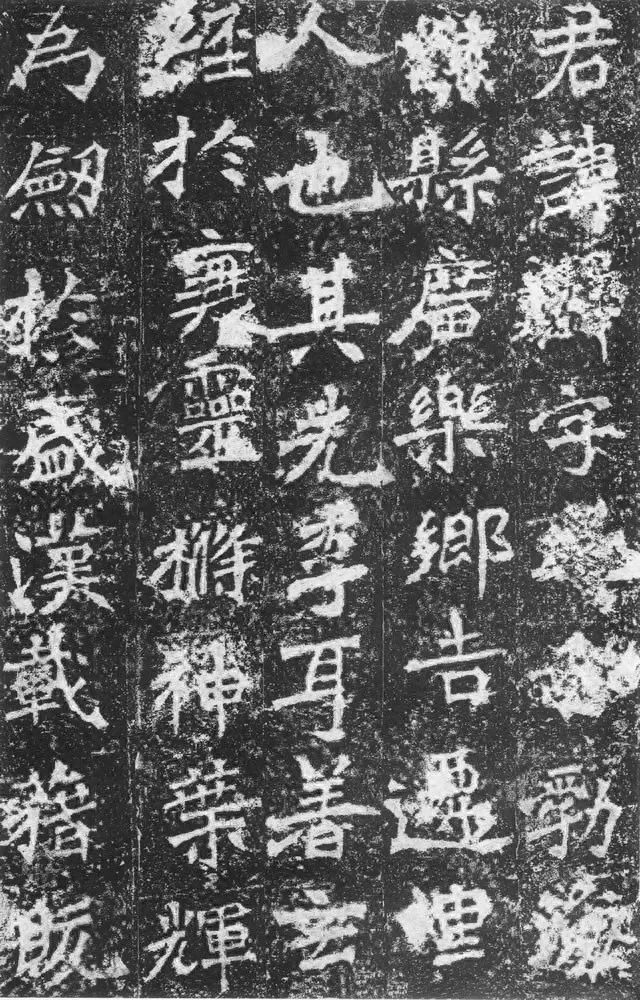
The structure of "Li Bi's Epitaph" has strong characteristics of the Wei stele type: tight inside and sparse on the outside, wide and free, varying in size, and right and wrong. Analyzing from the perspective of the circumscribed shape of the edge, the starting and ending points of the strokes on the edge take up ample space, reflecting the characteristics of a wide and clear periphery.
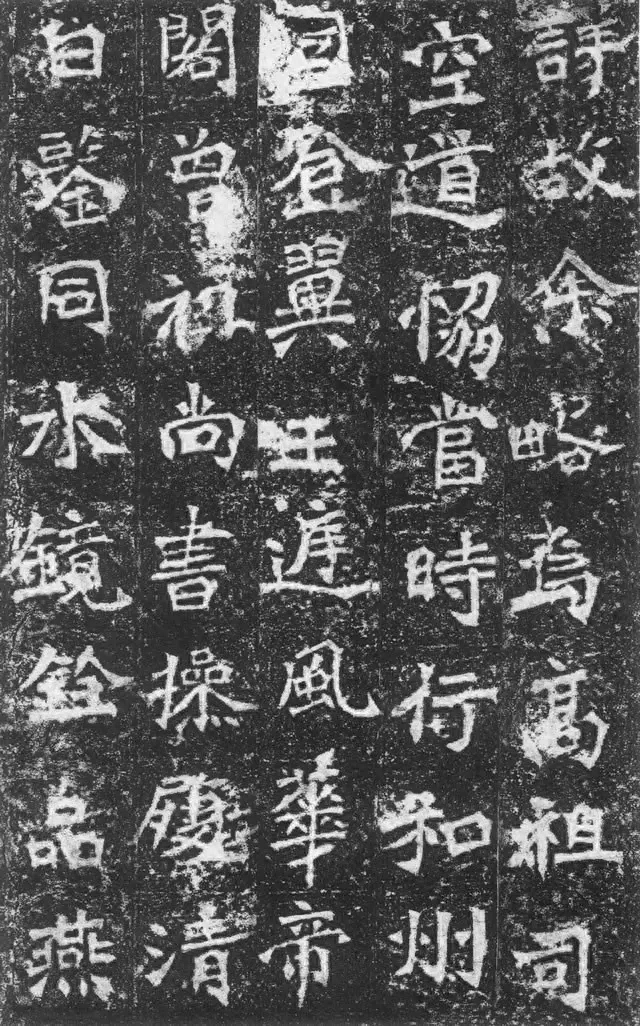
Although the word spacing and line spacing are relatively large, after being marked and divided by long strokes, it not only strengthens the connection between words and lines, but also enables the blanks (peripheral blanks and internal blanks) to form internal and external communication. The edges on both sides of the lines The strokes are somewhere between even and uneven. The alignment means that the edges roughly reach the widest point, which supports the large shape and makes the characters harmonious and unified. The unevenness means that the strokes on both sides of the edge are slightly partial and small. The concave and convex entrances and exits shape the opening (concave) and closing (convex) of the large rows of travel, further forming a combination of interspersed rows.

In addition, the horizontal relationship between the columns also has the characteristics of unevenness in the middle. The alignment is that the edges roughly reach the highest point and the lowest point, which supports the overall structure and makes the columns harmonious and unified; the unevenness is that The strokes from the edge to the highest point and the lowest point have a small amount of local ups and downs, shaping the opening (long) and closing (short) of the large shapes of the horizontal columns, further forming the interspersed combination between the columns.
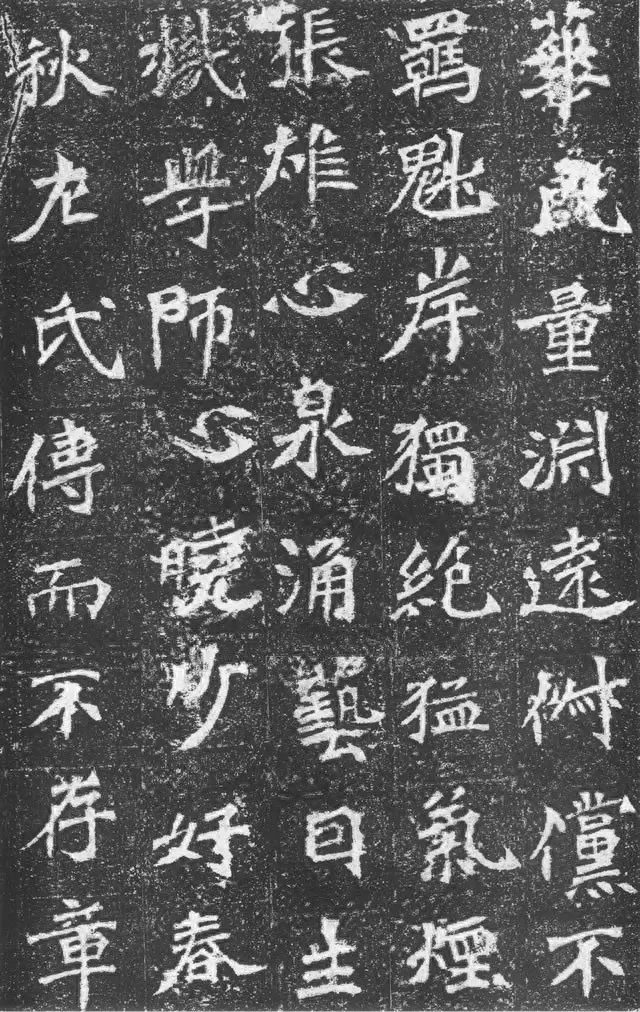
When writing, you should be careful not to trim the starting and ending points of the edges in reverse. For example, if a large section of the original good strokes is cut off, the outline will not be in place.
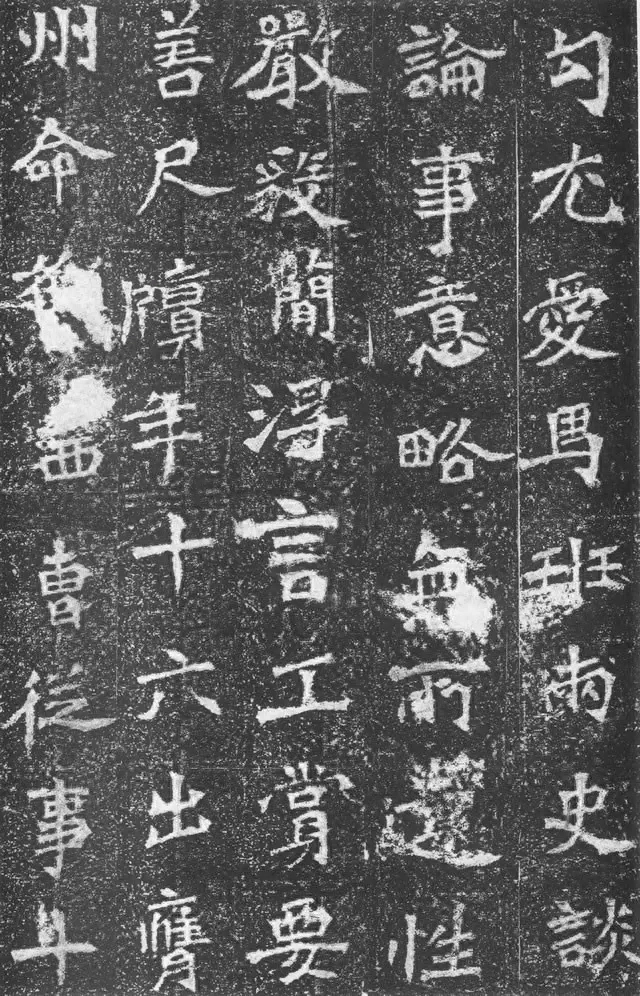
At the same time, we must also pay attention to making rational judgments on the edges before entering into the shaping of the internal structure. Analyzing from the perspective of the frame-type main stroke, it is the frame-type main stroke that plays a supporting and dividing role in the overall structure and occupies a decisive position. Although the number of strokes in this part is small, it is heavy in volume and determines the main body posture of the situation. Its function is similar to that of a frame support based on the principles of building mechanics. Compared with the frame part, the rest of the strokes play a supporting role, that is, adjusting the balance. Although the number of strokes in this part is large, the volume is relatively light, fine-tuning and complementing the main body's posture.
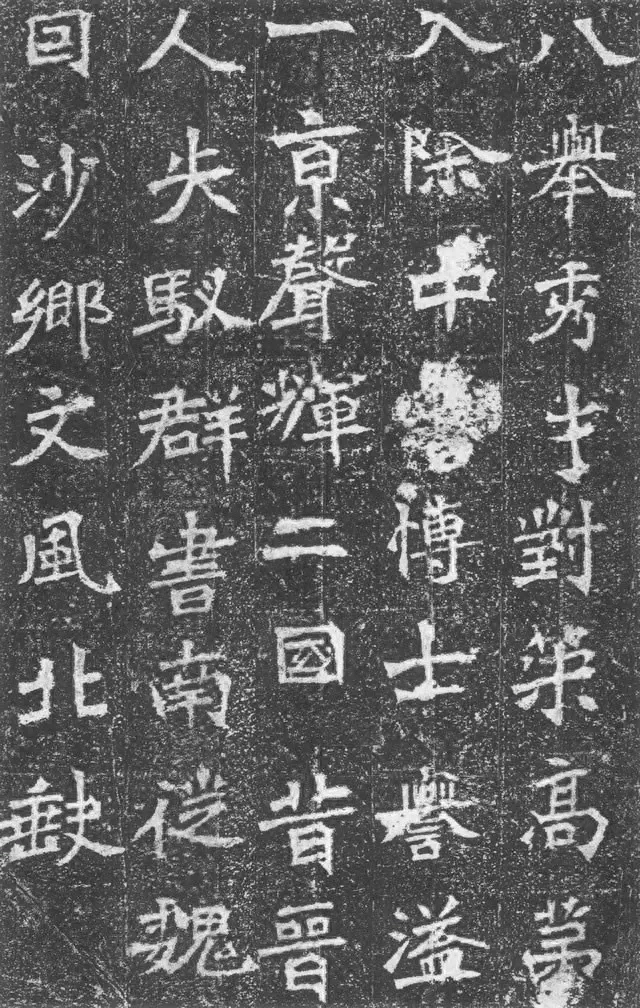
When writing, you must fully distinguish the frame-shaped main strokes supported by the main body. You cannot establish a sufficient relationship according to the stroke order. You must make choices and distinguish between primary and secondary, so as to grasp the main structure of the pen first. From the perspective of concentrated focus, although the middle palace part, including the broad middle palace area, is dense, but if we distinguish it in detail, there is actually only one position that is the densest point. Focusing on this can link every comprehensive stroke on the periphery.
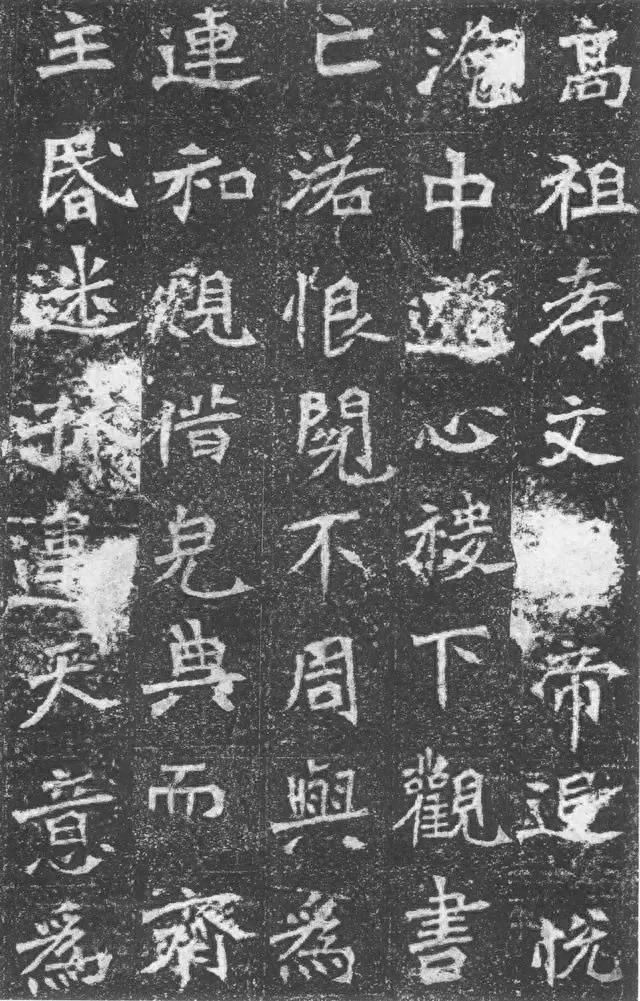
The focus of "Li Bi's Epitaph" is very clear. By using techniques such as dense, crossing, and overlapping, we can first focus on this focus to avoid loosening the overall situation, and then gather the peripheral strokes to form a whole. The so-called saving three Gather five. Before writing, you must first find the focal point where the strokes are densely gathered. This point is the inside, and the rest is the outside. The inside is tight and the outside is sparse. Furthermore, it is necessary to ensure that tight areas are not crowded and sparse areas are not loose. It should be noted that density is a relative relationship. If the contrast is insufficient, it will easily appear flat. If the contrast is excessive, the harmony will be lost.
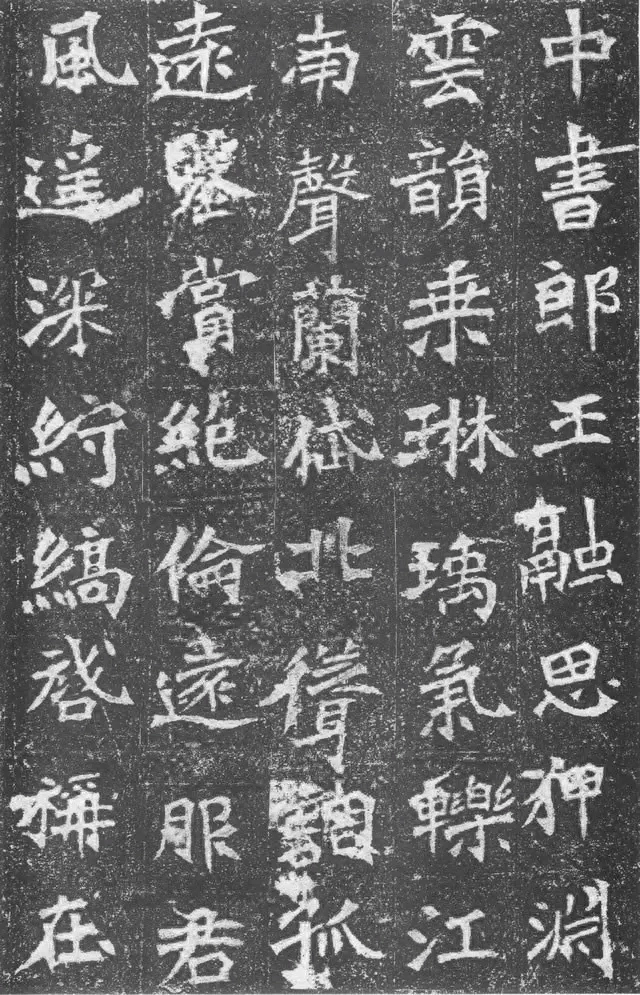
The related synthesis is carried out with "Li Bi's Epitaph" as the core. First of all, among the epitaph categories, "Sima Jing and his wife's epitaph", "Yuan Teng's epitaph", "Yuan Zhen's epitaph", "Yuan Lue's epitaph", etc. and "Li Bi's epitaph" are in The writing style is similar to the body posture; secondly, it has the most commonality with the stele, but it belongs to the "Zhang Menglong Stele"; between it and the statues, the most commonality is undoubtedly the Wang Yuanchan statue, the Helan Khan statue in "Longmen Twelve Products"; and the cliff The one with the most common features among them is the "Shimen Inscription". The Wei stele era has some overall common factors, especially in the breath.
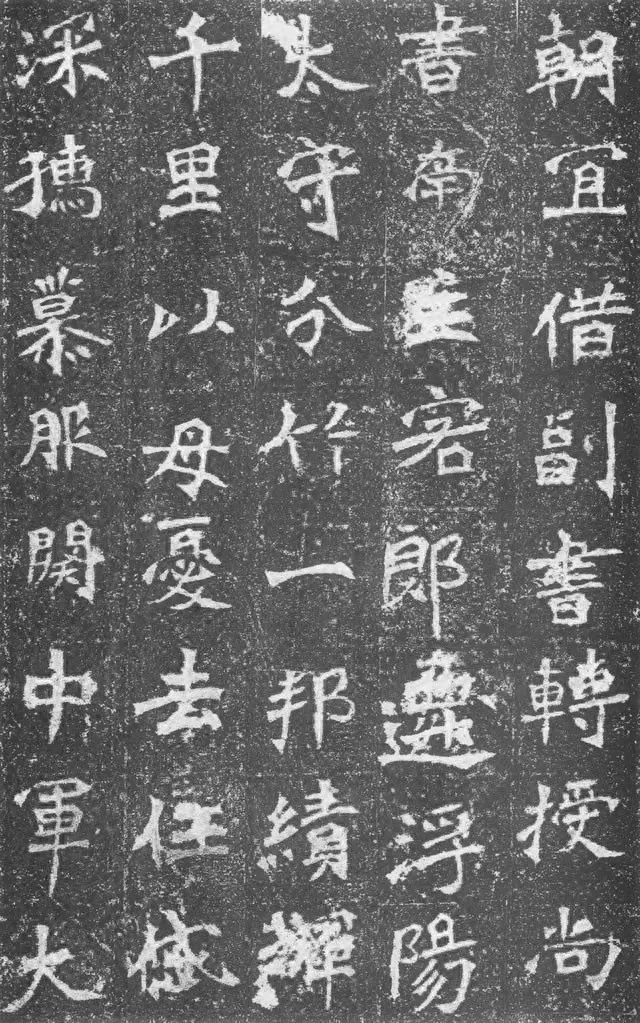
The overall study of Wei stele should not only maintain the specific aspect (each copybook), but also carry out systematic reference (similar adhesion between copybooks) to expand the horizon of absorption. Particularity is the reflection of professional learning, and comprehensive development is the need for creation. Through the study of "Li Bi's Epitaph", I believe that I can lay a good foundation for studying the generality and characteristics of Wei stele.
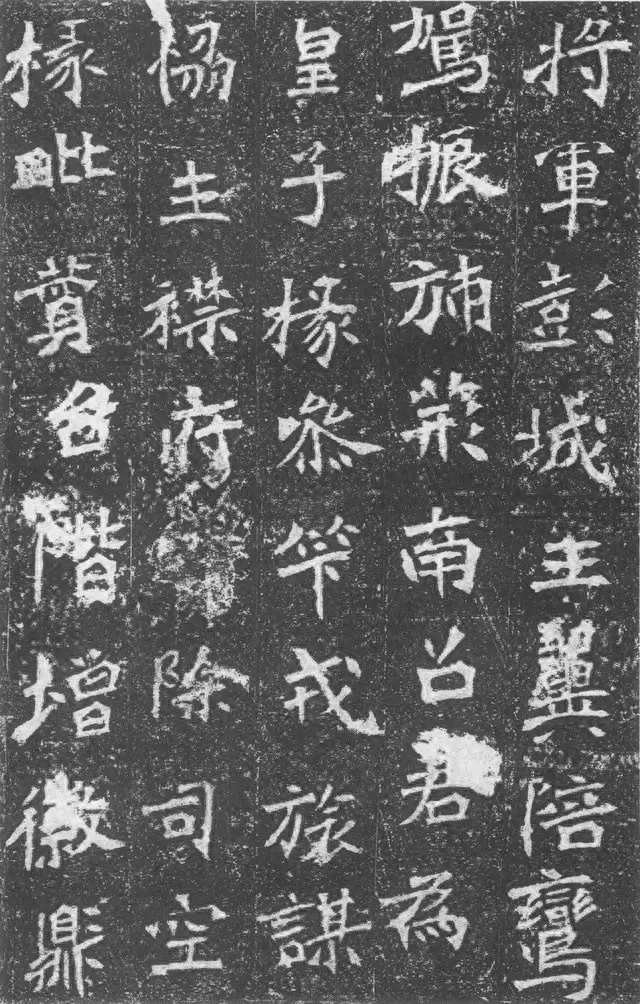
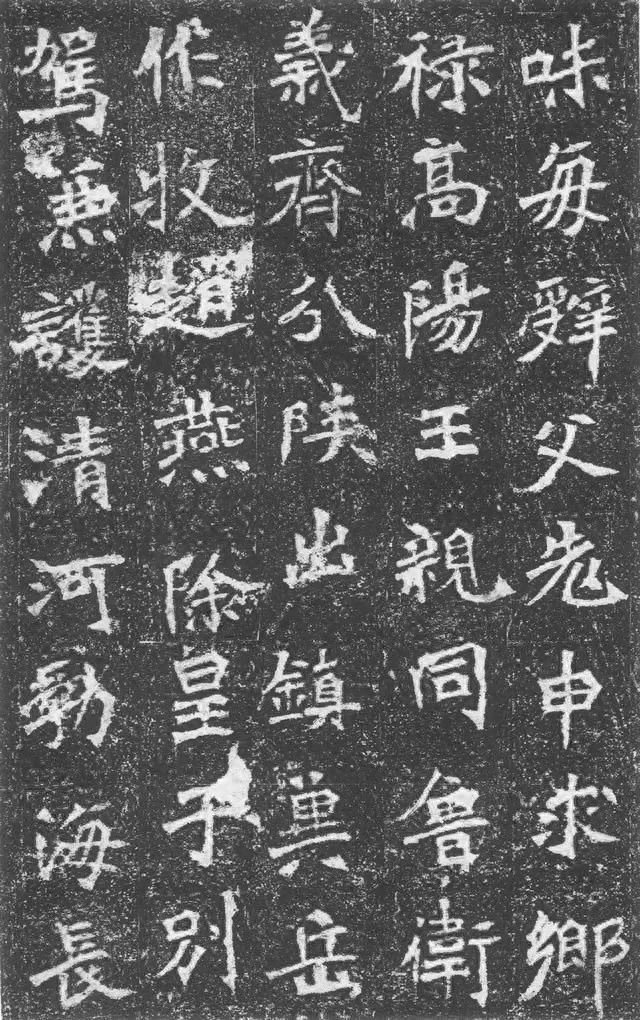
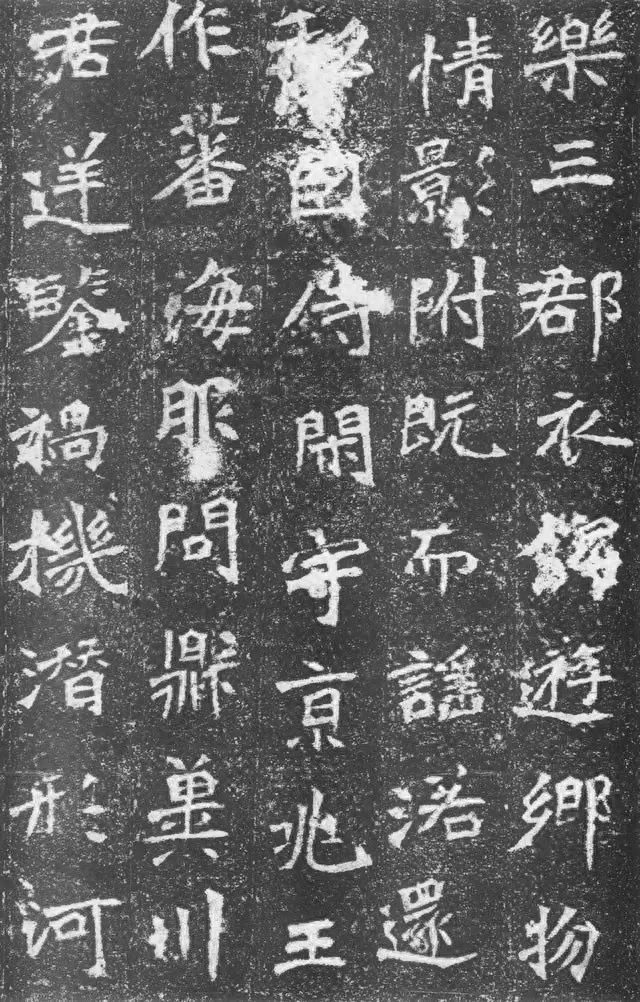
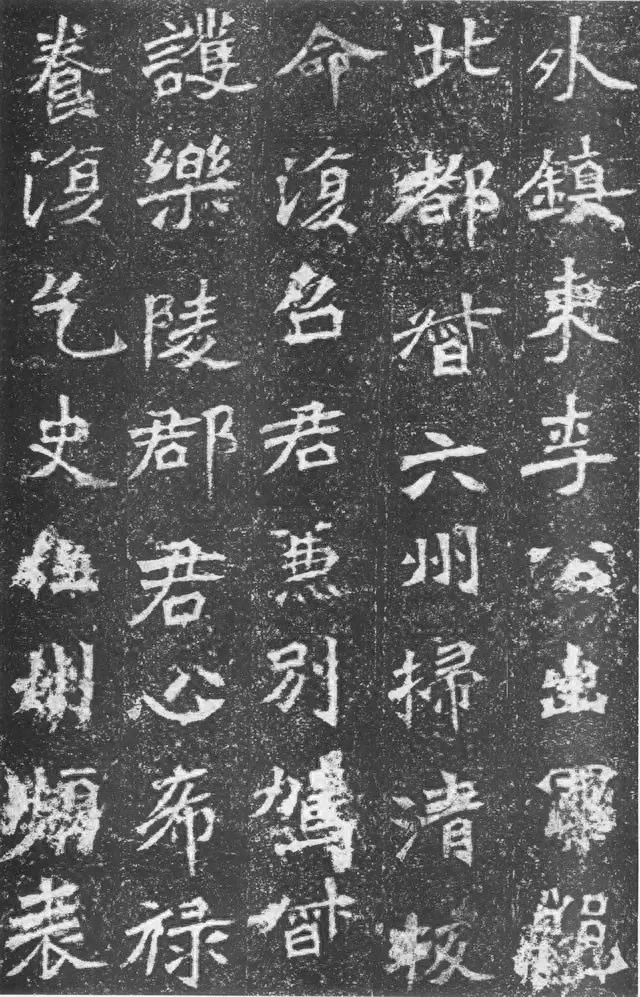
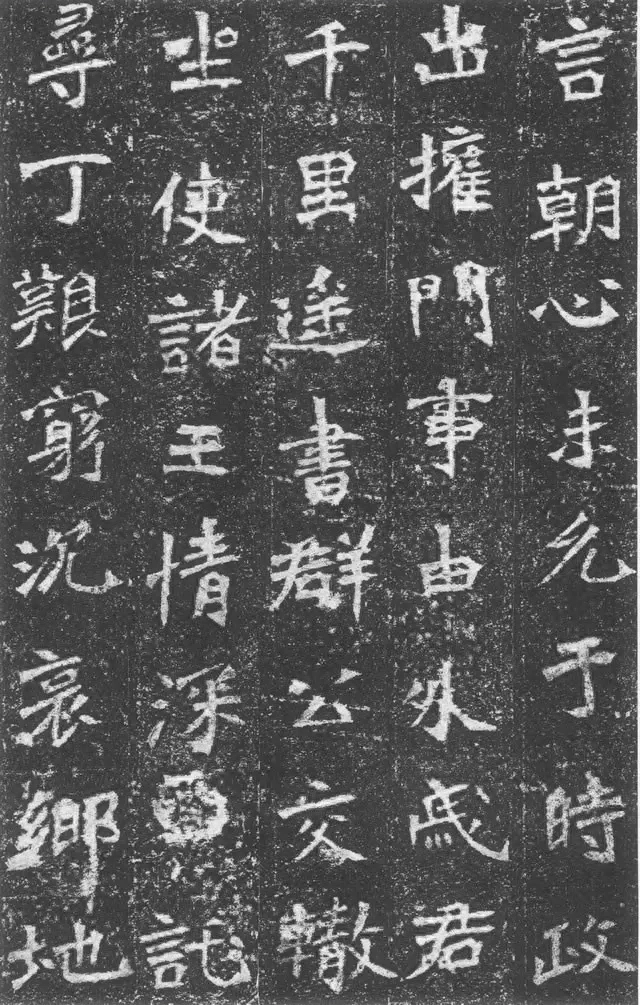
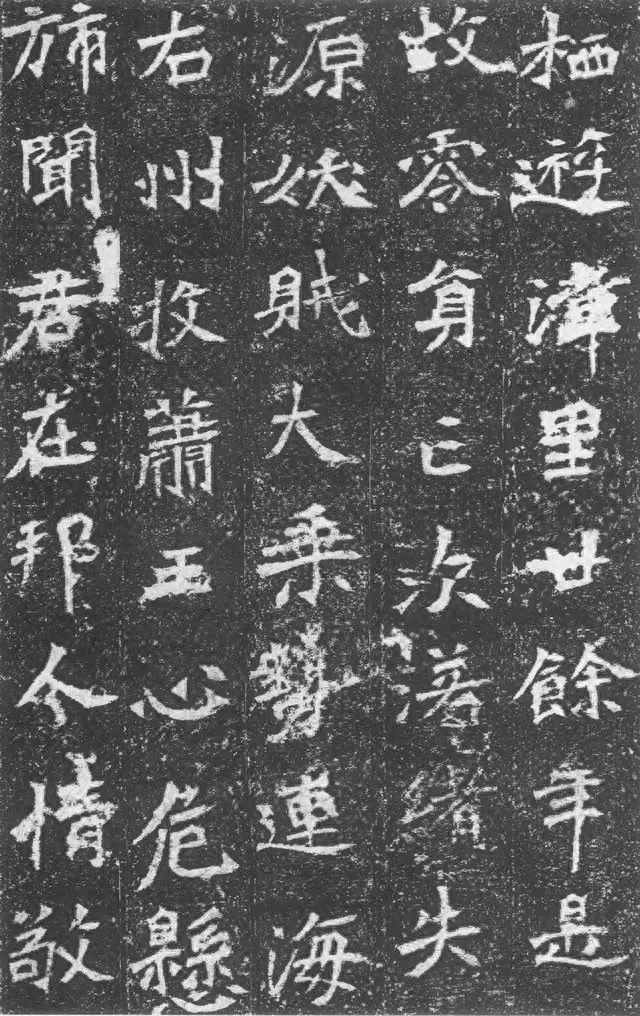
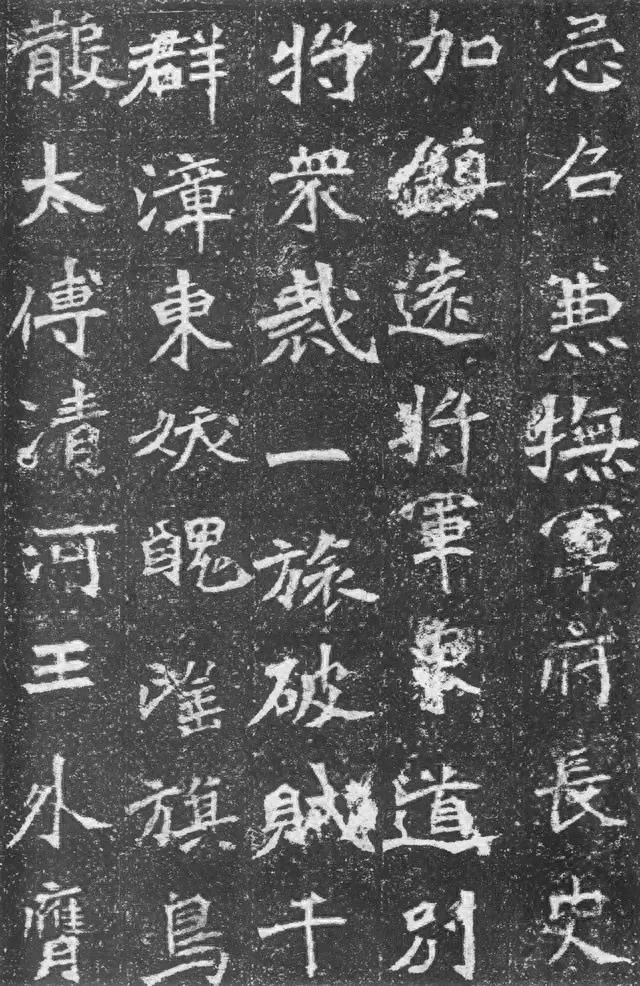
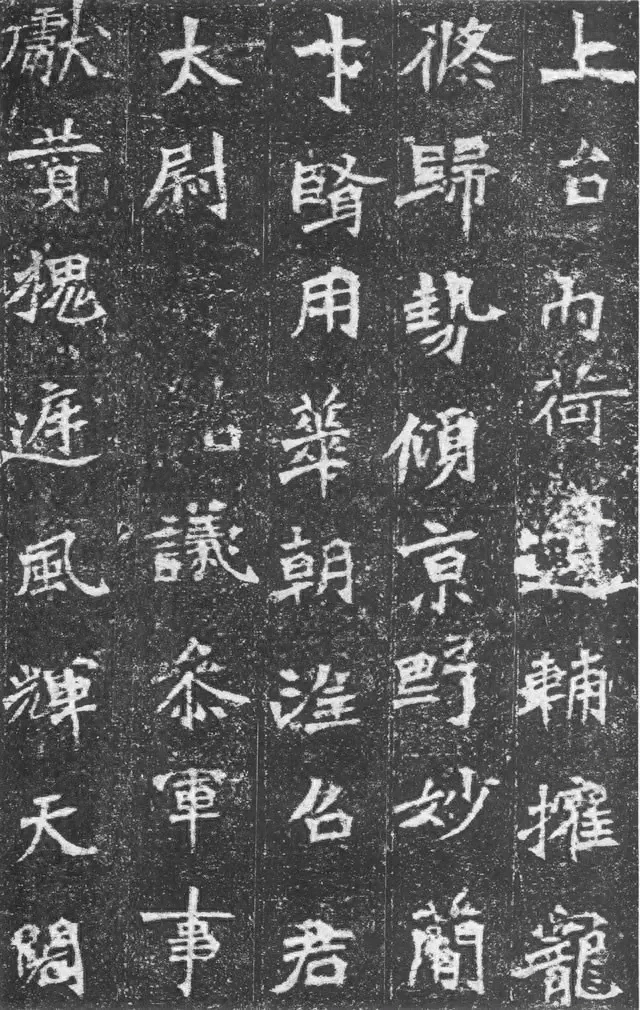
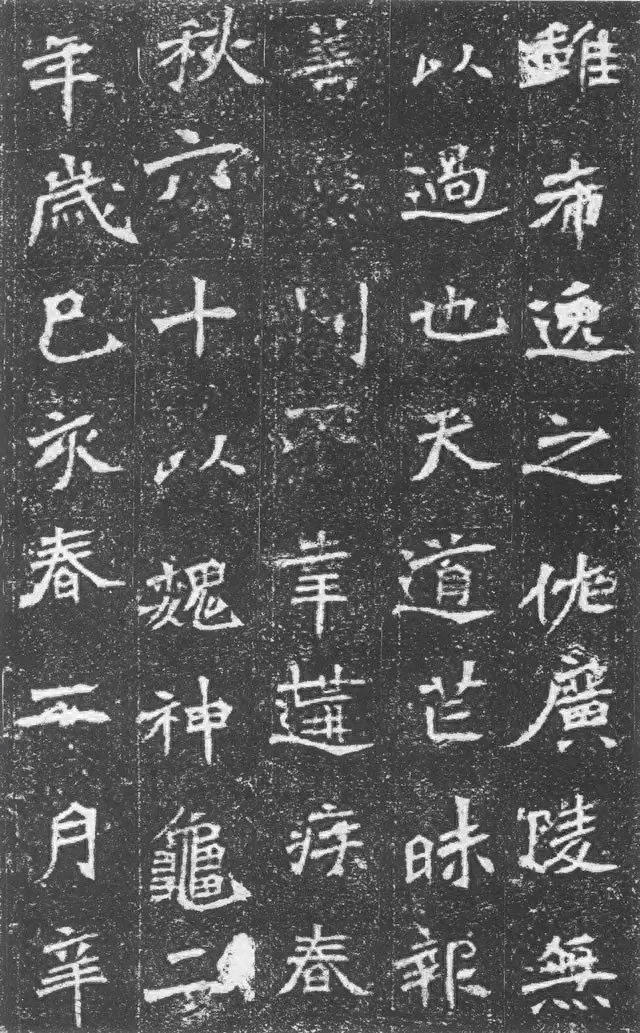
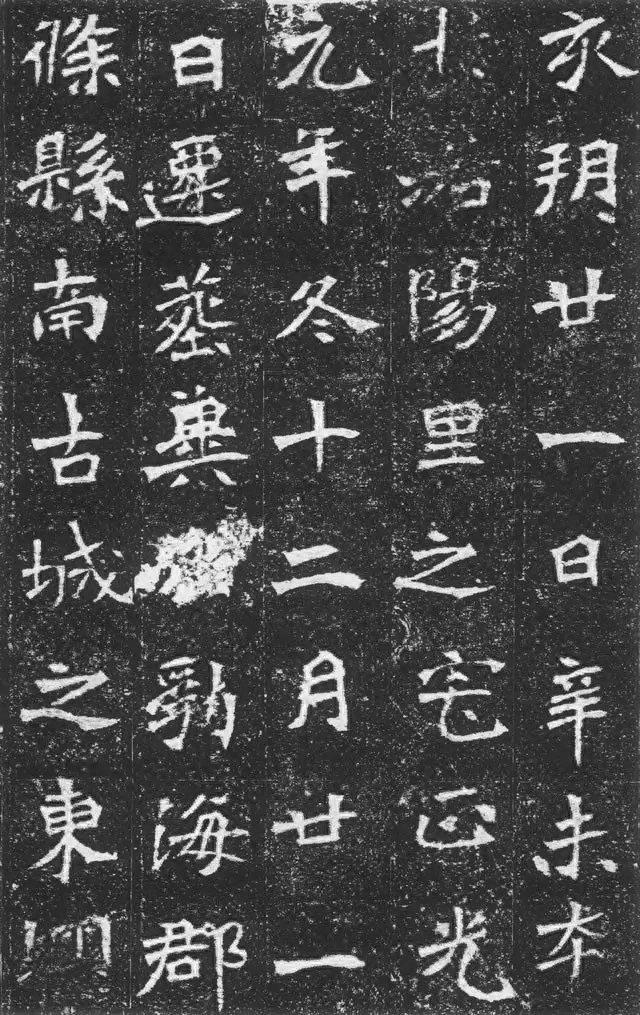
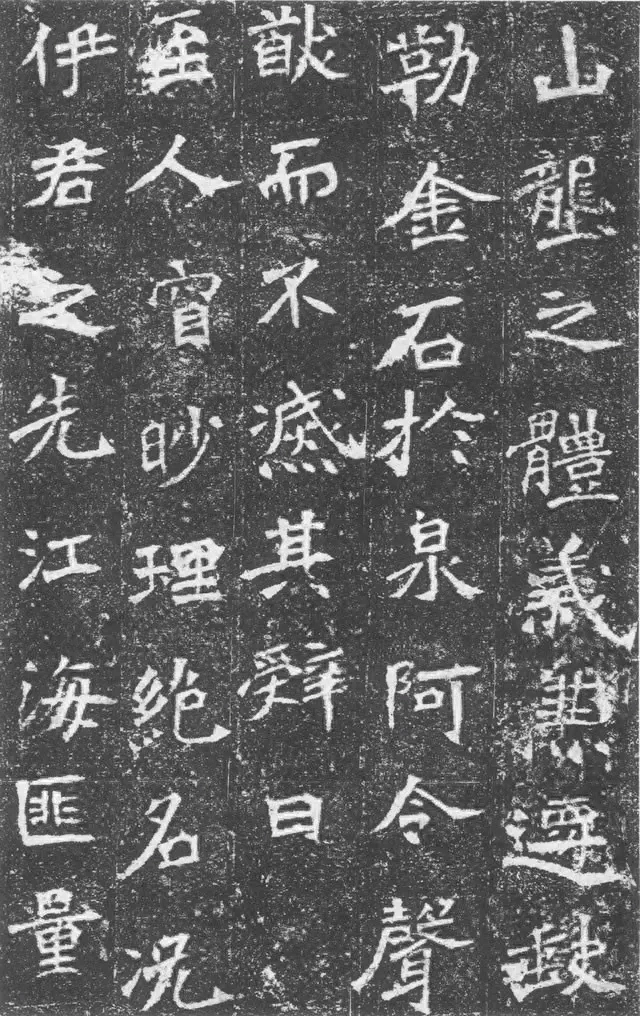
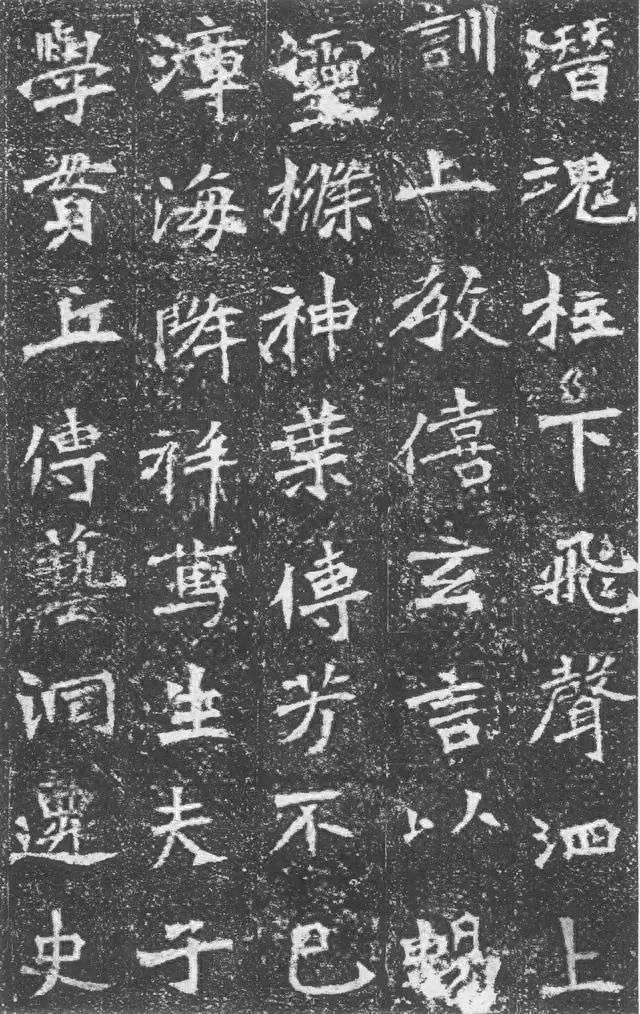
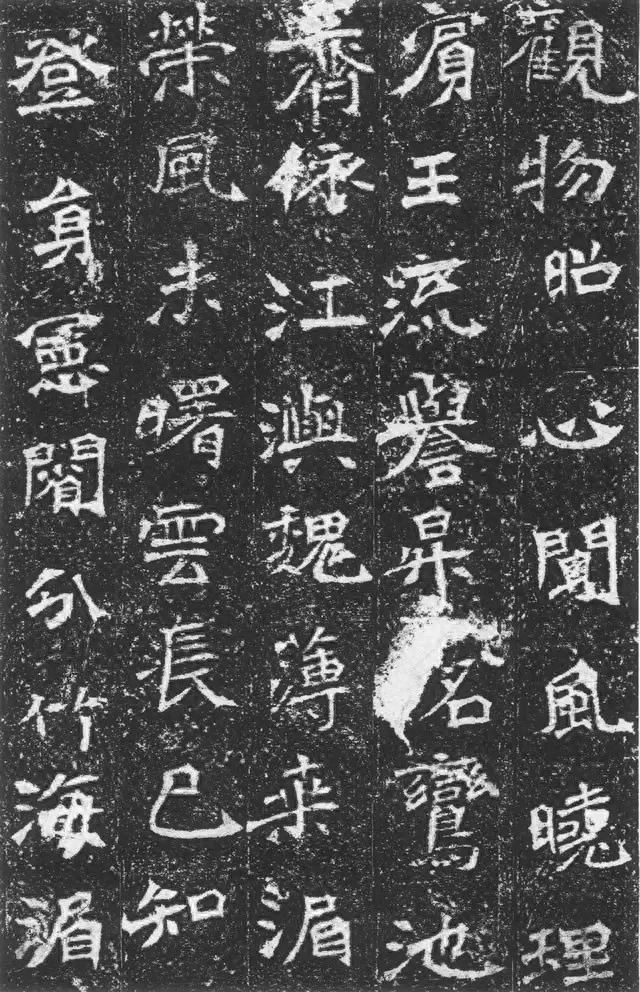

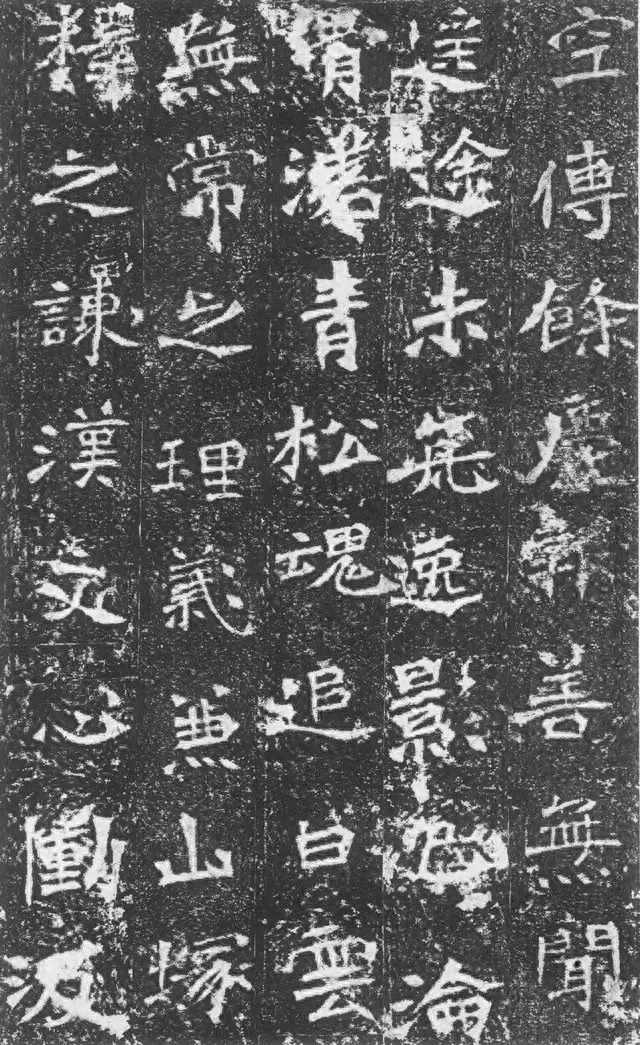
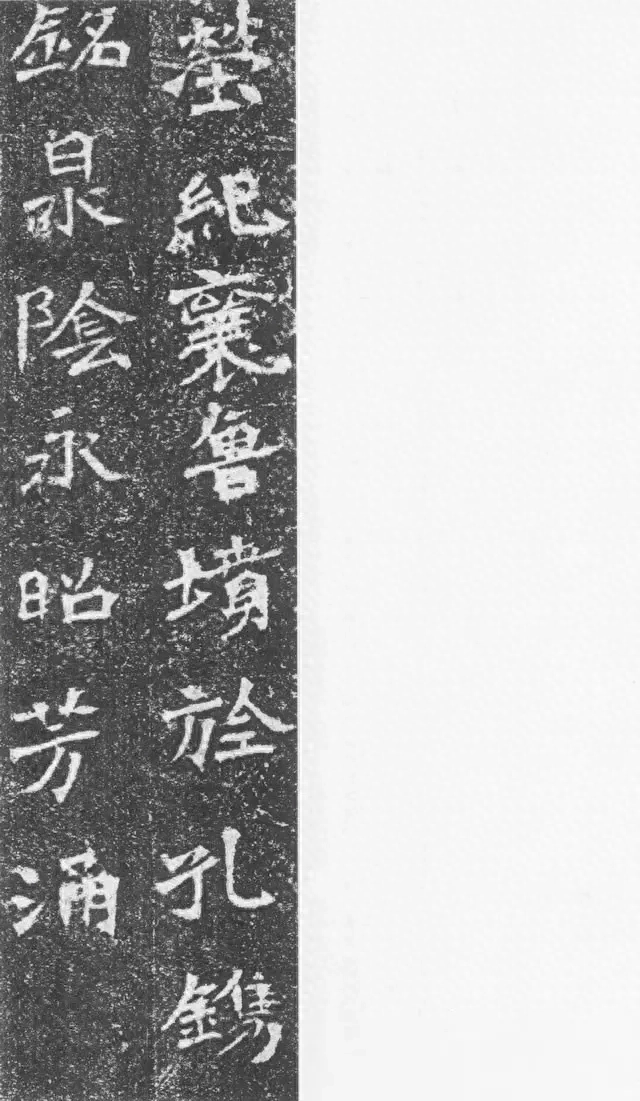
Finally, we attach the postscript to Chairman Chen Zhenlian’s “Li Bi’s Epitaph”:
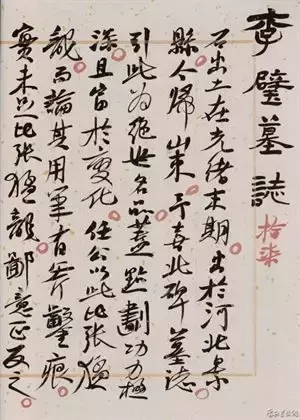
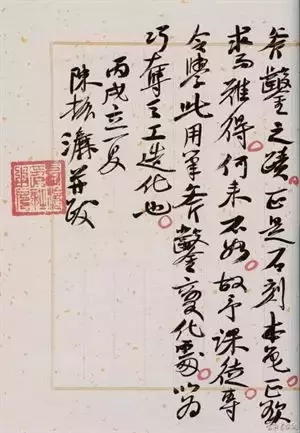
From calligraphy public class
Articles are uploaded by users and are for non-commercial browsing only. Posted by: Lomu, please indicate the source: https://www.daogebangong.com/en/articles/detail/huo-jiang-gao-shou-dou-zai-xue-de-wei-bei.html

 支付宝扫一扫
支付宝扫一扫 
评论列表(196条)
测试